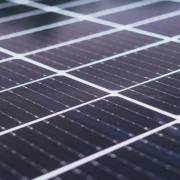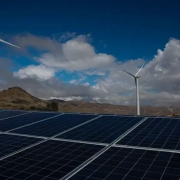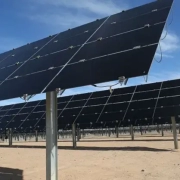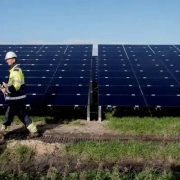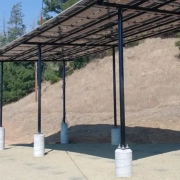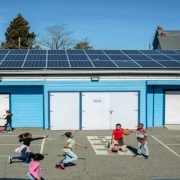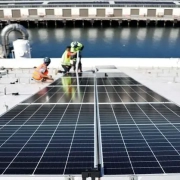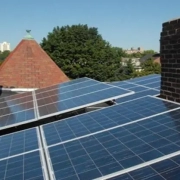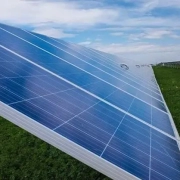The California Public Utilities Commission (CPUC) released a new proposed decision on November 8 regulating how solar is used and credited on multimeter properties. CALSSA says the new proposal would still make solar unaffordable for California schools, farms, apartment buildings and businesses with multiple tenants.
A vote by the CPUC on the proposal is scheduled for November 16, following multiple delays. A coalition of advocates and solar consumers are pressing for more changes in advance of the vote this week.
Click here to read the full article
Source: Solar Power World
—
If you have any questions or thoughts about the topic, feel free to contact us here or leave a comment below.

